Orange-Winged Amazon Parrot: Bird Species Profile
Charming and beautiful, orange-winged Amazon parrots are popular pets throughout the world. Because they love interacting with people, they are an excellent choice for experienced bird owners who want to form a close relationship with a parrot of their own. While they may not be the flashiest parrots, they are also not the feistiest, which is one more reason why they make great pets.
Species Overview
Common Names: Orange-winged Amazon, orange-winged parrot, loro guaro
Scientific Name: Amazona amazonica
Adult Size: 13 inches long, weighing 11 to 12 ounces
Life Expectancy: 60 to 70 years; some reported cases to 80
Origin and History
Orange-winged Amazon parrots are natives of South America. They are found primarily in Colombia, Ecuador, Peru, Trinidad and Tobago, and Venezuela, though some populations inhabit parts of Bolivia and Brazil as well. These birds love socializing. It's common to find them in flocks with other Amazon parrots, foraging for food and protecting the group from danger.
There are two subspecies: the micra orange-winged Amazon (Amazona amazonica micra), found in the Guianas, and the 12-inch Tobago orange-winged Amazon (Amazona amazonica tobagensis) from Trinidad and Tobago.
Temperament
Orange-winged Amazons make sweet and affectionate pets that bond closely to their owners. They have a comical attitude that makes them a hit with bird lovers everywhere.
You'll find them to be more gentle and have milder personalities than other Amazons. As with any bird, however, individuals can break from the norm. Some from this species can be moody like yellow-naped Amazons.
Orange-winged Amazons have a reputation for going through a hormonal bluffing stage as they approach sexual maturity (age 4 months to 1 year). This stage is common in many Amazons, and it does pass, though it can last for up to two years. Males particularly become a little aggressive and may bite. For this reason, they are best suited for experienced bird owners with a lot of patience.
Many people enjoy this bird because it is intelligent and a quick learner. Due to their instinct of joining groups with other birds, these parrots are very social. While some may choose a favorite person, most will get along great with a family. However, Amazons and young children are generally not a good fit.
Speech and Vocalizations
This bird has excellent speech abilities. Many individuals can develop a good vocabulary, and even non-talking birds will enjoy whistling and mimicking sounds around the house. Compared to other parrots, its not the loudest bird, but it certainly can scream at times. This bird is not suitable for apartment or condo living or close neighbor situations.
Orange-Winged Amazon Parrot Colors and Markings
This species is often mistaken for the blue-fronted Amazon parrot as the two birds look very similar at first glance. They are both primarily green and have blue on the head with yellow patches on the crown and cheeks. There are subtle differences in these markings, and the orange-winged Amazon tends to have more muted colors.
The trademark of the orange-winged Amazon is a splash of orange on the front edges of their wings, which gives them their name. This marking is barely noticeable unless the bird is in flight. In contrast, the blue-fronted Amazon has very bright red, sometimes with yellow feathers on their shoulders when wings are folded.
The orange-winged Amazon's beak and feet are horn-colored with shades of gray. It's a monomorphic species, so there is no easy way to tell males and females apart without genetic testing or a surgical sexing procedure.
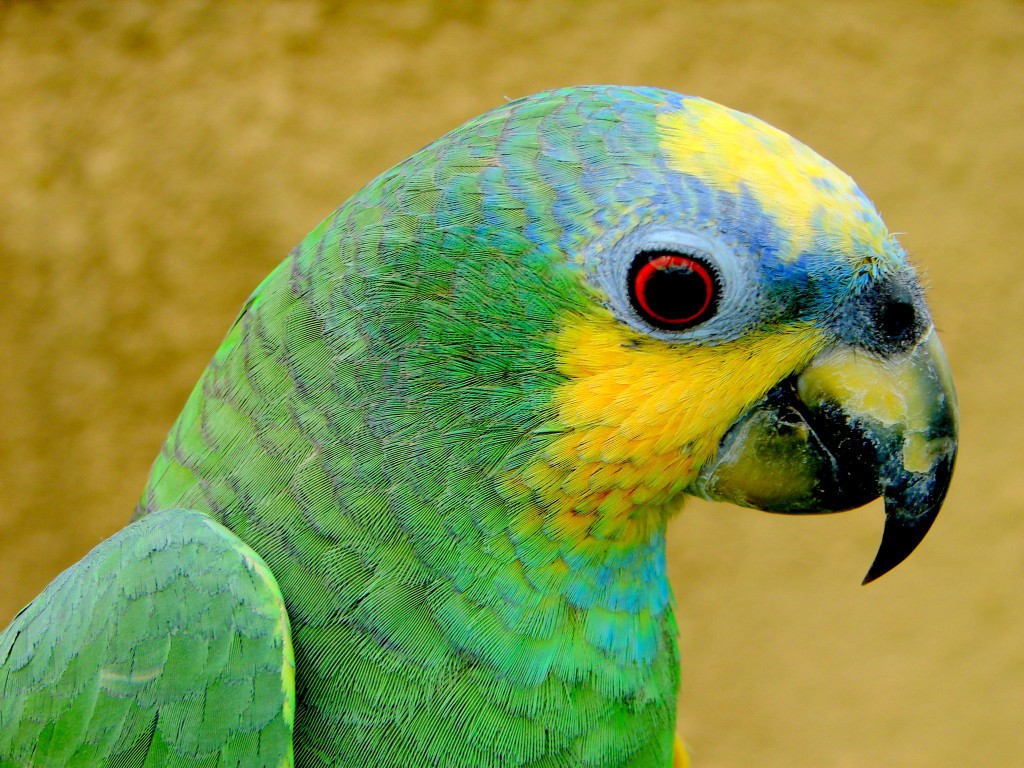
Caring for an Orange-Winged Amazon Parrot
Amazon parrots thrive on social interaction, and they need it to remain healthy and happy. Neglected birds often fall into destructive behavior patterns and depression. Unhappy birds may develop various physical and emotional problems, including feather plucking.
Orange-winged Amazon owners need to set aside time each day for one-on-one interaction with their bird. This scheduled activity period helps establish and maintain a healthy bond.
Purchase a cage that is at least 2 feet by 3 feet wide and 3 to 5 feet high with a playpen top. Outfit it with plenty of ropes, ladders, and perches so your bird can exercise while enclosed.
While hand-fed Amazon parrots typically make loving, affectionate pets, they are also curious explorers that like to chew. Anything in your home can be viewed as a toy and may get chewed if left around. Go along with the bird's instinct to chew and provide plenty of bird-safe toys that can be destroyed.
Once you develop a good understanding of the bird's personality, training is relatively easy. In general, positive reinforcement works best. Reward correct behavior and avoid scolding and punishment.
Common Health Problems
Amazons are susceptible to bacterial respiratory problems (chlamydiosis or parrot fever), a fatal fungal disease (aspergillosis), and nutritional deficiencies. The main bacteria that are problematic include E. coli, Citrobacter, Staph, and Strep. Bacteria can spread through water, seeds, old food, humid areas, wet cages, or dusty spots.
They may start feather picking as a result of boredom, poor diet, sexual frustration, or if they do not get regular baths. Amazons are prone to obesity and hypothyroidism. An active lifestyle with a daily exercise regimen can help reduce the risk of getting those conditions.
Diet and Nutrition
Amazon parrots eat a variety of seeds, nuts, fruits, berries, and vegetation in the wild. As pets, orange-winged Amazons do best on a high-quality pelleted diet. The pellet food should be supplemented with daily servings of fresh bird-safe fruits and vegetables. A fresh and varied diet will help ensure that your bird maintains top nutrition.
Feed approximately 1/3 to 1/2 cup of pelleted food and 1/3 to 1/2 cup of fresh fruits and vegetables daily. A raw and varied diet will help ensure that your bird maintains top nutrition.
As with all parrots, avocado, chocolate, rhubarb, coffee beans, and alcohol are toxic to this bird.
Exercise
Amazon parrots are prone to excess weight gain, they must be allowed room to exercise. This bird requires a minimum of 3 to 4 hours outside of its cage each day. Supervised active time helps your bird burn excess calories and stretch its muscles. Training and socializing time is essential to its mental stimulation.
Social, affectionate, loyal
Intelligent, a great mimic and talker
Even-tempered Amazon species
Can get loud when it wants to; not recommended for apartment living
May have biting, aggressive period during its adolescence; not recommended for families with young children
Where to Adopt or Buy an Orange-Winged Amazon Parrot
Visit this bird at a local breeder before you decide to adopt one. Interact with the birds in their home environment so you can get a better idea if it's the right choice for you.
Before purchasing a white-fronted Amazon from a bird store or breeder, check animal shelters and rescue organizations. They can cost from $1,000 to $3,000 from a breeder. Online resources can point you in the right direction of breeders or rescues:
- Birds Now
- Hookbills for Sale
- Adopt a Pet
If buying through a breeder, make sure you interview them, look at the general health of their birds, check out their living conditions, and talk to past customers. Signs you should avoid the breeder include cramped living conditions, inactive birds, and breeders who avoid your questions or do not seem to have much information on their birds.
More Pet Bird Species and Further Research
If you are interested in similar species, check out:
- Lilac-Crowned Amazon Parrot Species Profile
- Mealy Amazon Parrot Species Profile
- Red-Lored Amazon Parrot Species Profile
Otherwise, check out all of our other Amazon parrot species profiles.
RECOMMENDED NEWS
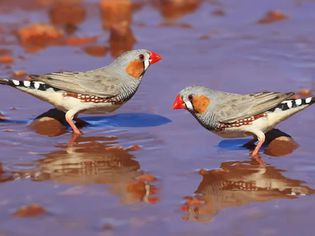
Facts About Finches
Finches are tiny birds, so it can be easy to overlook them. However, these little beauties are amon...
Read More →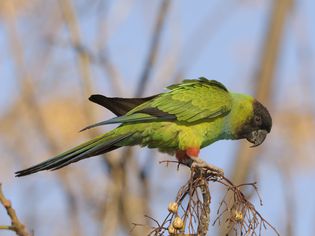
Black-Hooded Parakeet (Nanday Conure): Bird Species Profile
The nanday parakeet (formerly called black-hooded parakeet) is not a quiet bird, but it is a popula...
Read More →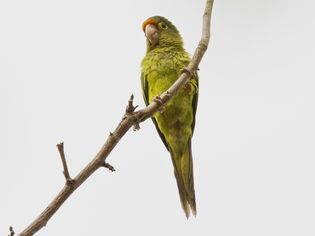
Half-Moon Conure Species Profile
The Half-moon conure is a medium-sized dwarf parrots species that is known for its excitable person...
Read More →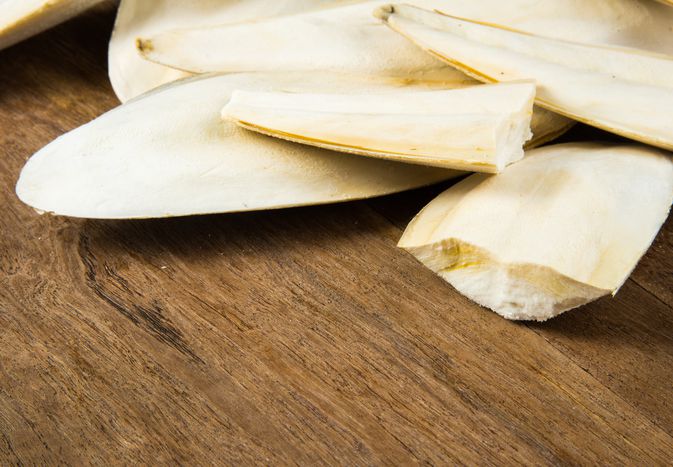
A Cuttlebone Helps a Bird Groom Its Beak While Providing Calcium
Cuttlebone—that funny, white oblong object shaped like a canoe—is found in bird cages everywher...
Read More →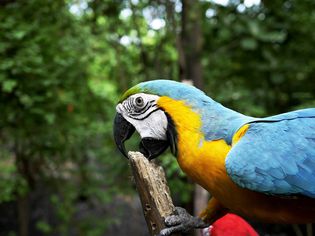
How to Stop Your Parrot From Biting
Biting parrots are far more common than you may think. All pet birds bite. While this is not to say...
Read More →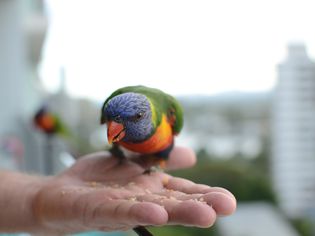
Seeds vs. Pellets: What to Feed Your Bird
Wild birds spend much of their days foraging for food, consuming a wide variety to meet their nutri...
Read More →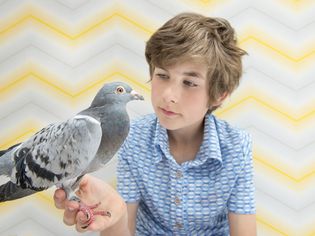
Common Pigeon Diseases
Pigeons are surprisingly popular pets. They, along with doves, are short-legged, stout-bodied birds...
Read More →
8 Popular Large Birds to Keep as Pets
Birds of all types and sizes are certainly captivating creatures, but some of the most impressive o...
Read More →
8 Best Trainable Pet Bird Species
If an intelligent, engaging, and trainable pet bird is what you seek, then there are many species o...
Read More →
Comments on "Orange-Winged Amazon Parrot: Bird Species Profile" :